The marketing and selling of a small business are two separate matters. Selling is the process of persuading a consumer to pay for a product or service. It's all about building a brand and increasing demand for the product when it comes to marketing. Sellers may be focused on completing the sale, but they must first get the product in front of the target buyer in order to be successful. The following are some of the top marketing concepts for small businesses:
1. SMS marketing
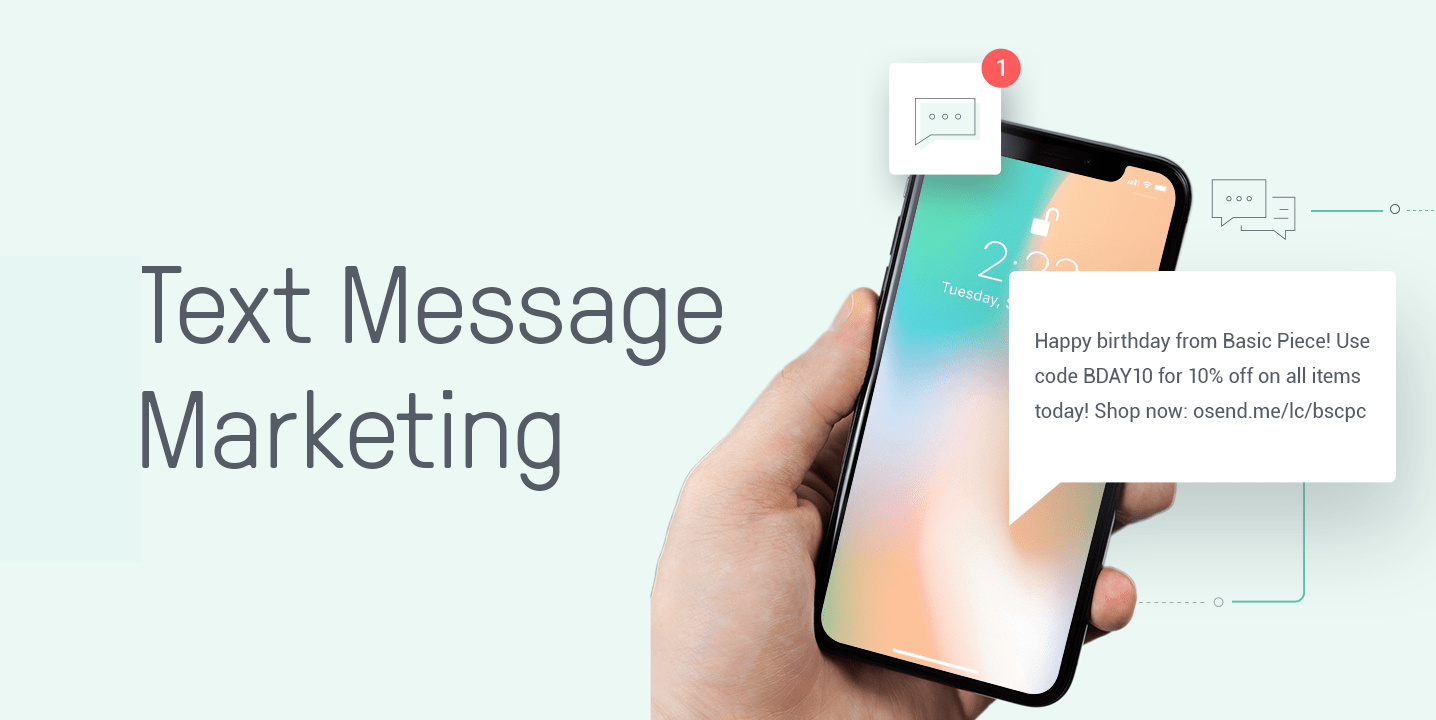
SMS message marketing for small businesses is essential
Customers in small businesses appreciate a dependable and economical text marketing service. Birthday rewards, text to win contests, social network connection, age verification, email collection, and email integration are just a few of the features they use. Let’s find out why SMS marketing is a powerful solution in holidays:
Text messages can be received by anyone.
Within the first five minutes, about 90% of all texts are read.
Every day, the American looks at their phone 150 times or more on average.
70% of Americans want their favorite firms to send them mobile deals.
It's ideal for a small business owner on a tight budget. It is inexpensive, costing only cents for each text.
2. Email Marketing
According to Marketing Sherpa, 91% of adults in the United States enjoy receiving promotional emails from businesses with which they do business. Or a 2016 analysis by Campaign Monitor reports that every $1 spent on email marketing yielded a $44 return. That's a nearly $10 rise over the previous year.
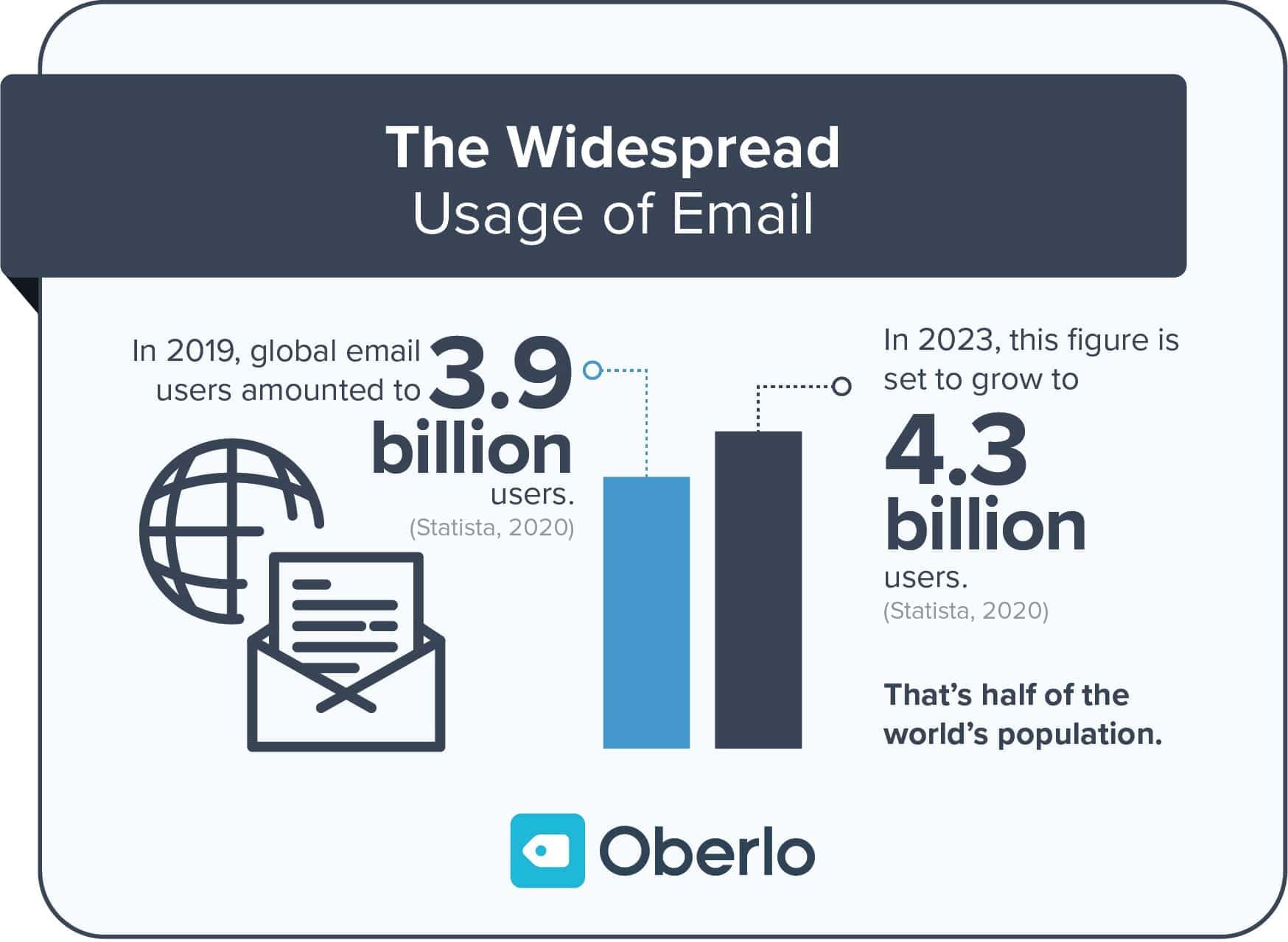
The widespread of Email usage
Email marketing that is sophisticated is a two-way street in which the customer is just as involved as the brand. It's not simply about blasting out content and waiting for sales to start if you want to be successful in the long run. It's a delicate mix of recruiting subscribers, getting to know them, talking with them, responding to their issues, keeping them updated, analyzing your performance, and generally being on top of what your audience cares about.
3. SEO

SEO: ranking your business on top of Google
Organic search accounts for 53.3 percent of all site traffic, and 60 percent of marketers say their best leads come from SEO-engaged clients. What is the reason for this? Because they are looking for a solution, and you are addressing that need by being one of the top results.
To be viewed by customers, you must rank on the top page of Google. Climbing to the top of the page can virtually quadruple your click-through rate compared to the second place. Furthermore, claiming a Featured Snippet (top-of-page element) can assist you in moving past the number one spot while perhaps providing a second avenue for people to enter your website.
4. Google Ads
The most misunderstood avenue for marketing an online business is Google Ads. For the convenience of use, many businesses stick to Facebook or Instagram ads, but they miss out on reaching clients on the world's two major search engines: Google and YouTube.
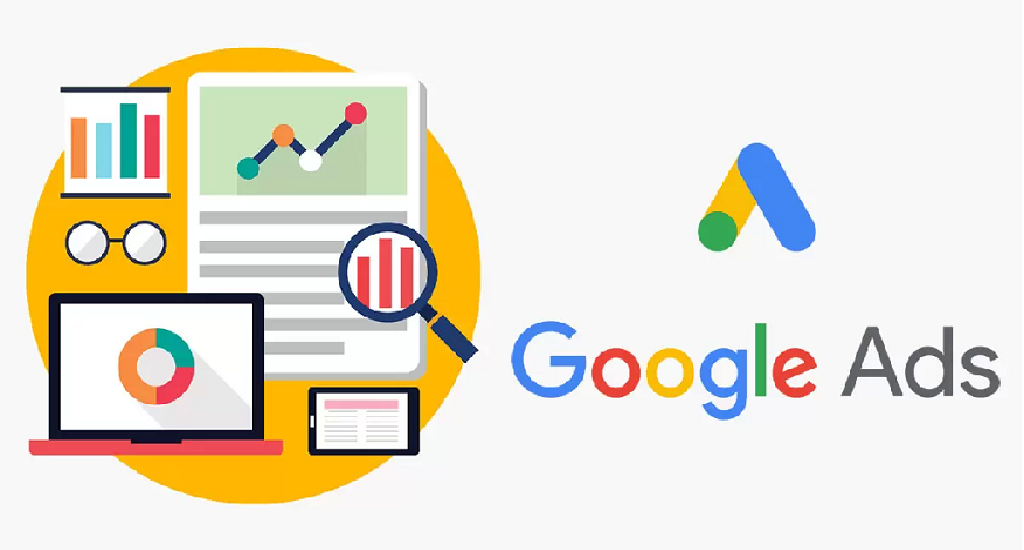
Google Ads – powerful measure for holiday marketing
Budgets as little as $5 can be configured as flexible budgets. You only have to pay if someone clicks on your ad. Target audiences based on their past actions and behaviors. But it's the different ad formats you can employ to target clients that makes Google Ads so appealing.
5. Video Marketing
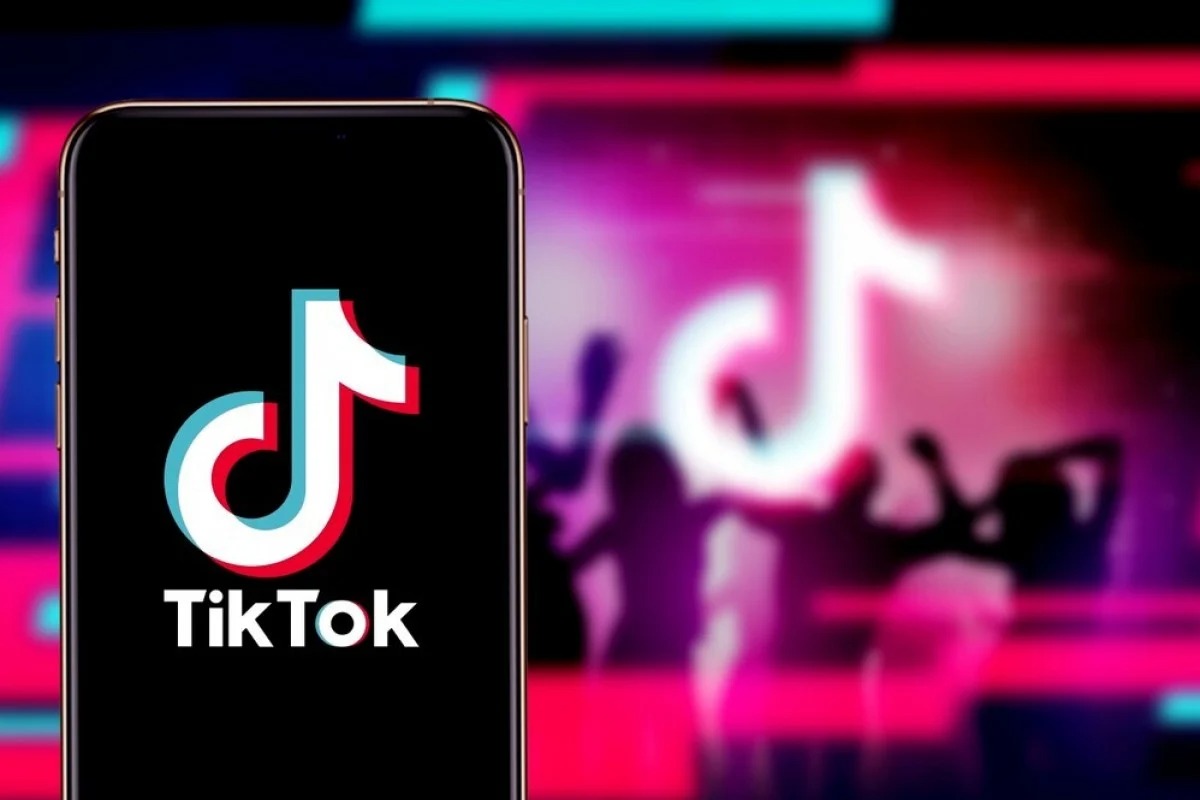
Customers can approach the truth of your product through video
Video marketing has shown to be the most effective. Because of its wider reach, video marketing has been extremely beneficial to small firms. According to a Cisco research, videos will account for 82 percent of all consumer internet traffic by 2022. It's past time to create marketing films for your small business if you want to maintain credibility in the coming years. Video marketing is cutting-edge, ROI-driven, and extremely advantageous to small businesses, as evidenced by numerous video marketing statistics. Affiliate marketing is the process by which an affiliate earns a commission for marketing another person’s or company’s products.
6. Social media marketing
There are nearly twice as many active social media users today as there were only five years ago. Every day, these users spend an average of 2 hours and 25 minutes on social media, which is extremely ideal for small business marketers.
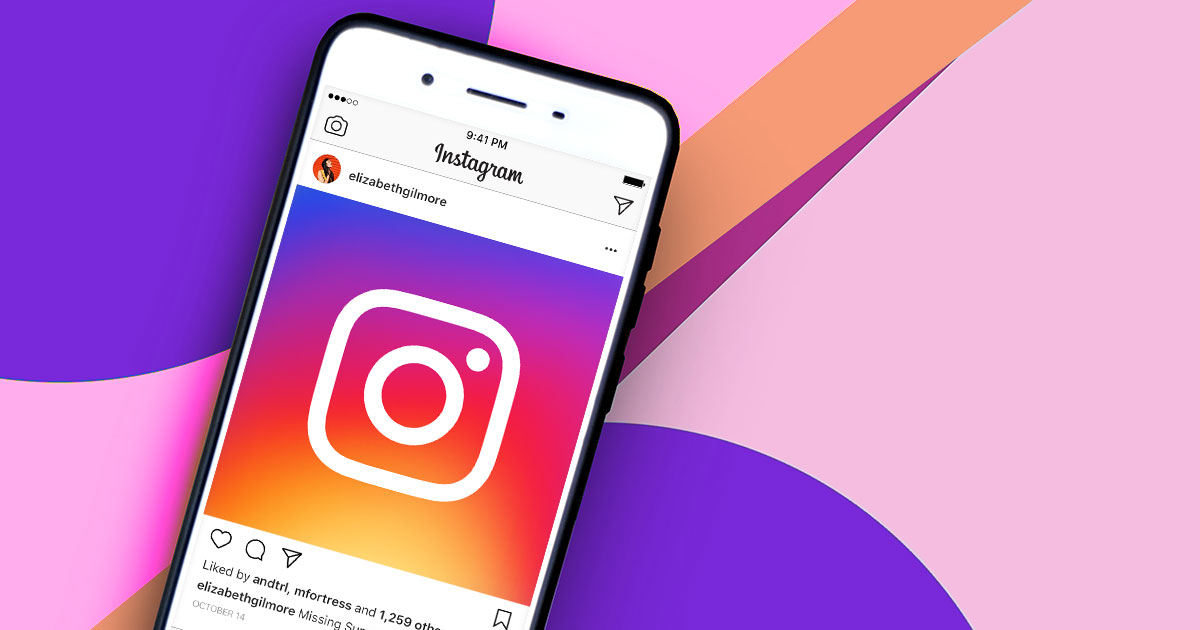
Create account on social media platforms to engage more customers
There are numerous social media networks from which to pick. Some companies open accounts on as many platforms as possible in the aim of covering all of their bases. The outstanding social platforms that small businesses can connect: Facebook (over 2 billion users), Twitter (best for B2B marketing), Instagram, Pinterest, LinkedIn, etc.
7. Influencer Marketing
Influencer marketing is no longer dominated by celebrities and socialites who are paid to promote a brand. The focus has switched to genuine, passionate content creators with tiny but devoted audiences — everyday individuals who create beautiful content and engage with their audience on a personal level.
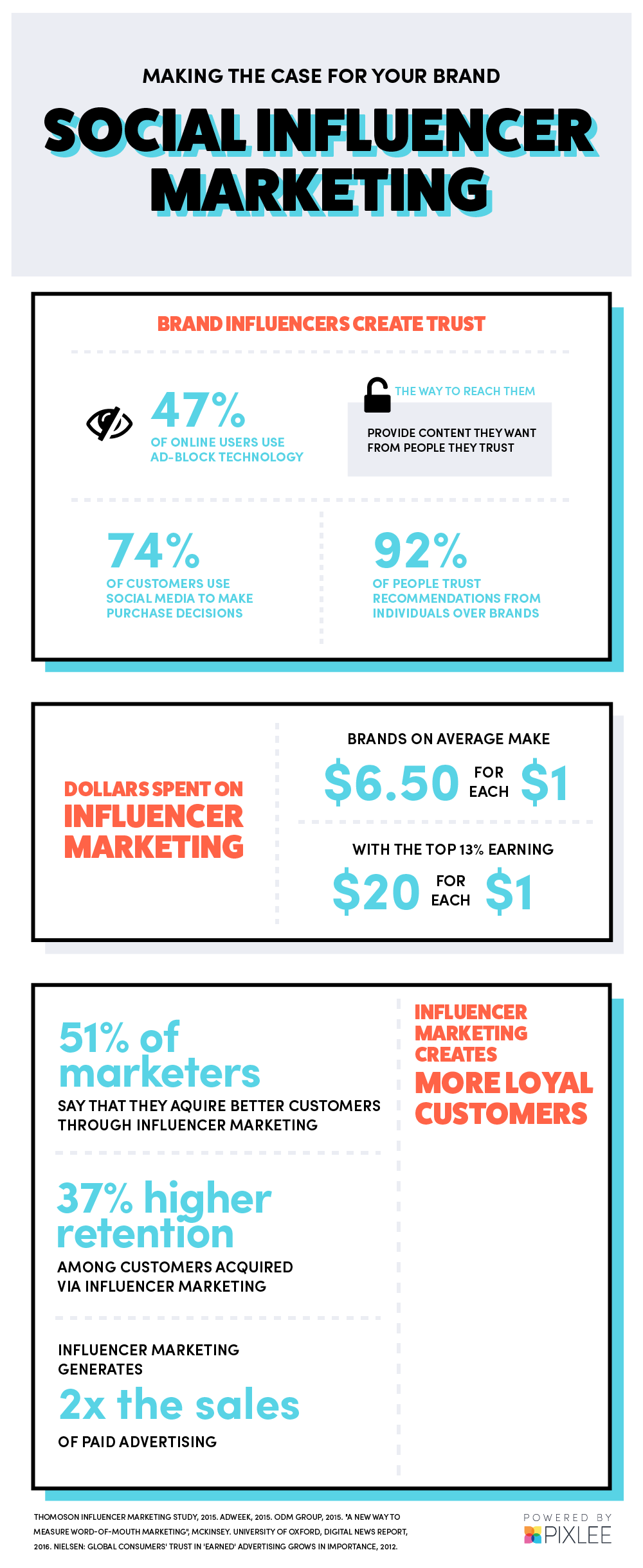
Influencer marketing strategy
A ‘micro-influencer' is defined as someone who has between 3 and 100 thousand followers on social media. They understand their content, their specialty, and, most importantly, they understand their audience. They won't write about beauty products or apparel brands if their audience is interested in gardening or gadgets.
Each marketing channel has its own characteristics, strengths, and weaknesses. Every business is the same way. The most typical blunder made by small business owners is attempting to focus on every accessible channel. Select only two or three channels at a time from this list that appear to be the best fit for our company and clients as you go through the list.




